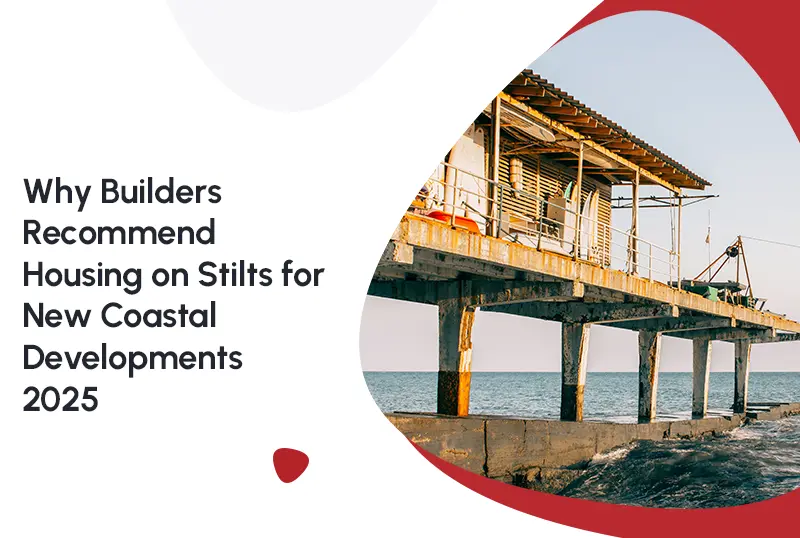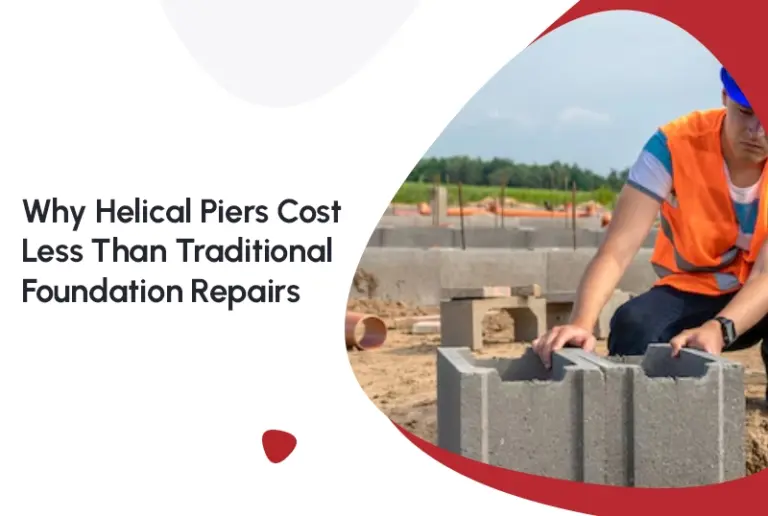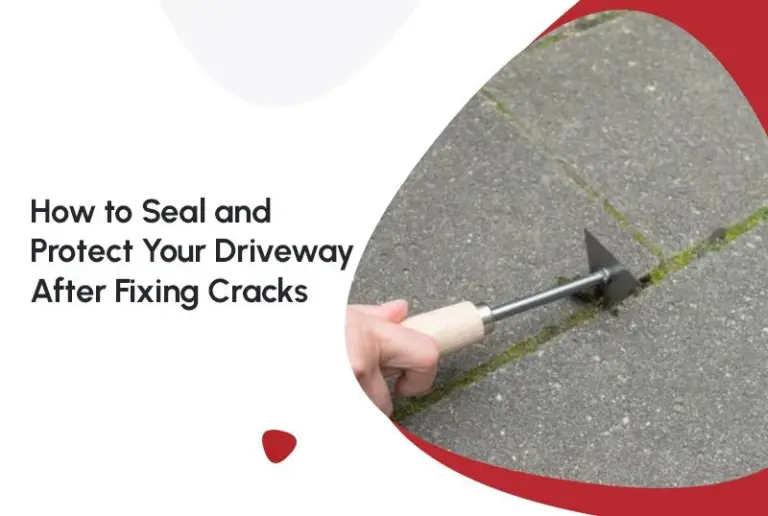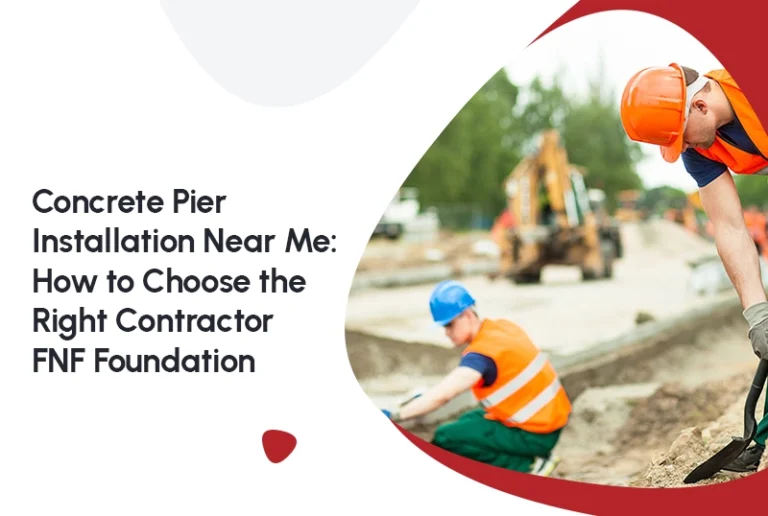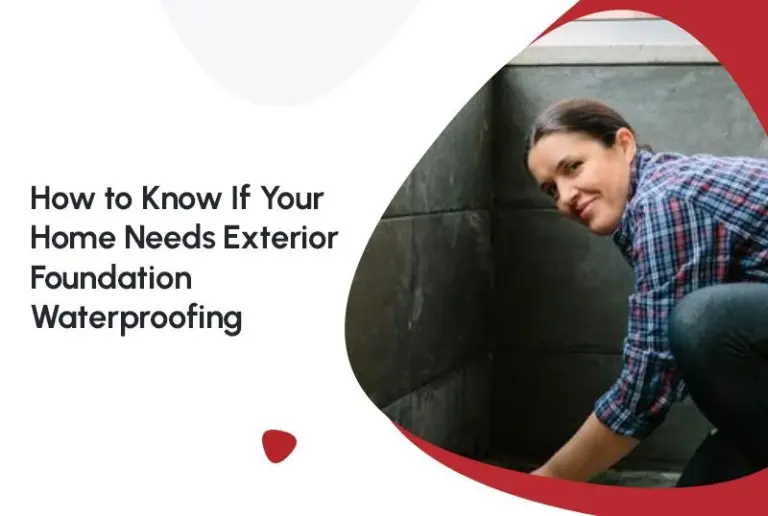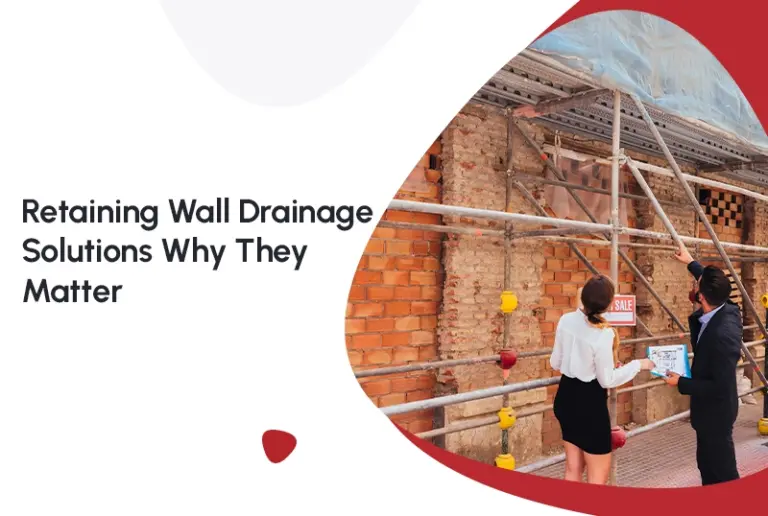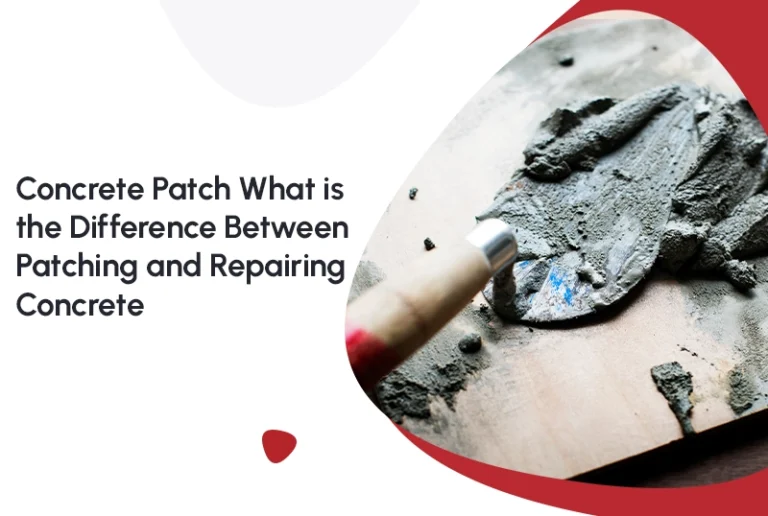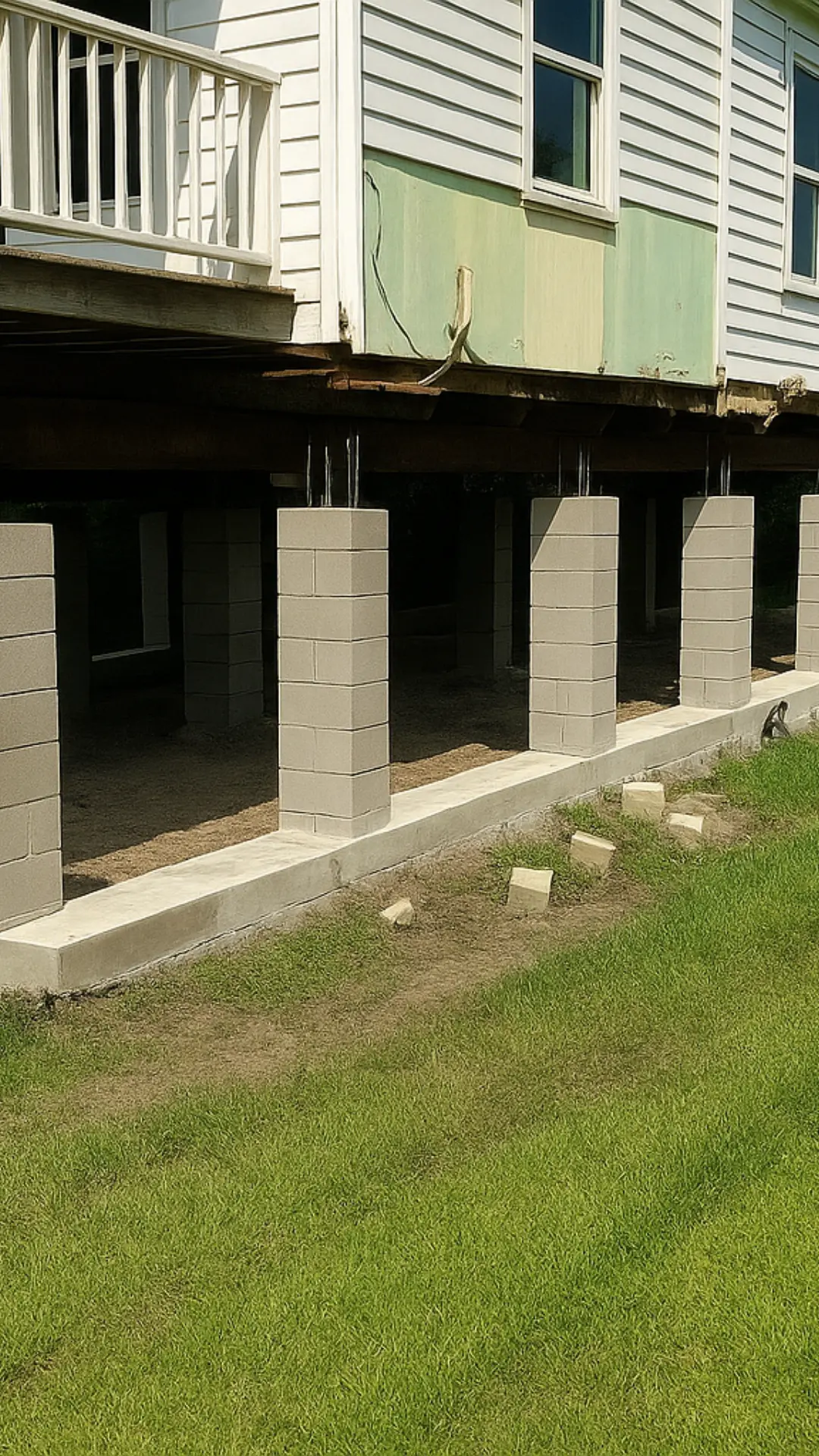Coastal living has its perks such as breathtaking ocean views, beach access, and the gentle sound of waves lapping at your doorstep. But it also comes with its unique challenges, like flooding, storm surges, and unstable soils. Enter the ultimate architectural superhero: housing on stilts.
In this guide, we’ll explore why builders are increasingly recommending housing on stilts for new coastal developments, the benefits of elevating your home, and tips to maximize safety and durability.
What Is Housing on Stilts?
Housing on stilts refers to homes that are elevated above the ground on vertical supports—commonly referred to as piers or stilts. This design is especially common in coastal areas where flooding and storm surges are a concern. By elevating the structure, the home is less susceptible to water damage, soil movement, and other environmental hazards.
Think of it as giving your home a pair of stilts—like a crane in the sky—protecting it from whatever Mother Nature throws your way.
Why Builders Recommend Housing on Stilts
1. Protection from Flooding and Storm Surges
One of the most compelling reasons for housing on stilts in coastal developments is flood protection. Elevating the home reduces the risk of water entering the living space during storms, high tides, or heavy rains.
According to FEMA, over 40% of coastal homes in the U.S. are at risk of flooding due to rising sea levels and storm surges.
By building on stilts, homeowners and builders can mitigate the financial and structural damage caused by flooding.
2. Enhanced Structural Safety on Weak Soil
Coastal areas often have sandy or unstable soils that are prone to shifting. Traditional slab foundations can settle unevenly, causing cracks and damage over time.
Housing on stilts uses piers or columns that transfer the load of the home to more stable soil layers beneath, offering greater stability. This is particularly relevant for areas where pier and beam foundations or slab on grade foundations might face challenges.
3. Improved Ventilation and Pest Control
Elevating a home allows air to circulate underneath the structure, which helps prevent moisture buildup that can lead to mold, mildew, and wood rot. It also makes it harder for pests like termites and rodents to access the main structure.
This natural ventilation is a key advantage that modern builders consider when designing coastal homes.
4. Better Views and Aesthetic Appeal
Who doesn’t love a panoramic ocean view? Elevating a home on stilts can dramatically improve sightlines, offering homeowners unobstructed views of the coast or surrounding landscapes.
Additionally, homes on stilts often have a unique architectural appeal, making them more attractive in competitive real estate markets.
5. Flexibility for Additional Uses
The space underneath a stilted home can be used for parking, storage, or outdoor living areas. Builders appreciate this flexibility, as it increases the functional space of a property without expanding the footprint, which is especially useful in densely developed coastal areas.
Benefits of Housing on Stilts for Homeowners
- Reduced Risk of Flood Damage: Less damage during storms and heavy rainfall.
- Longevity: Elevated structures often last longer, as they avoid water-related structural damage.
- Energy Efficiency: Underfloor ventilation can reduce heat accumulation in warm climates.
- Unique Design Opportunities: Space below can be used creatively for decks, garages, or gardens.
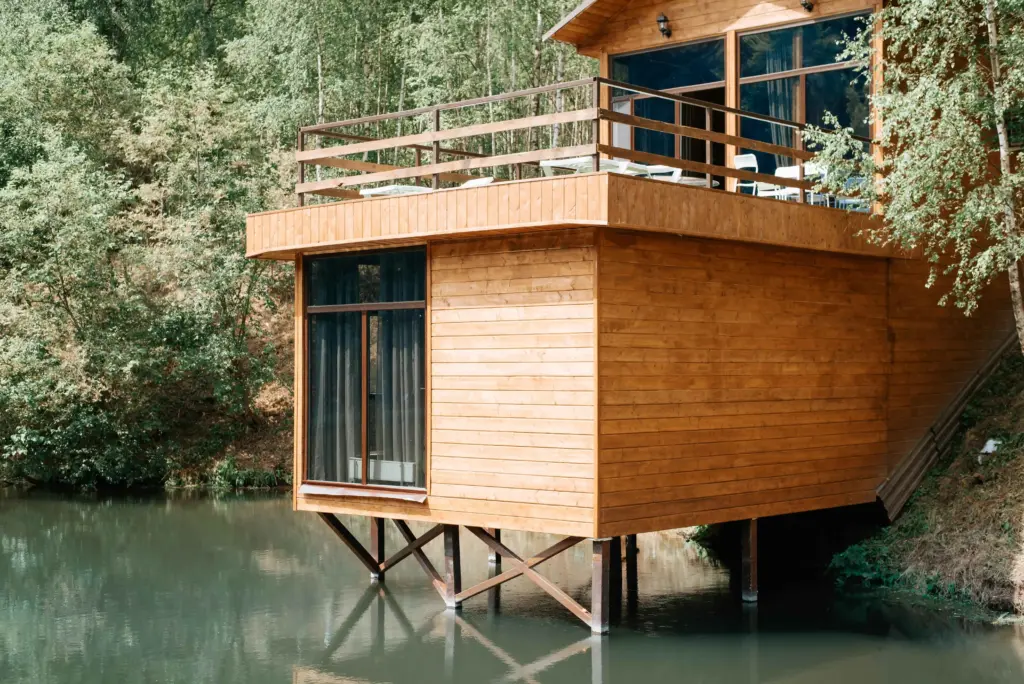
Considerations When Building Housing on Stilts
Even though there are many benefits, builders and homeowners must consider several factors:
Cost:
Elevated homes require more materials and labor, making them more expensive upfront. However, the long-term savings on flood damage and maintenance often outweigh the initial cost.
Local Building Codes:
Coastal regions have strict codes to ensure stilted homes can withstand hurricanes and high winds.
Access:
Elevated homes may require stairs or ramps, which need to be carefully designed for safety.
Maintenance:
Piers and stilts require periodic inspections to ensure structural integrity and prevent corrosion or rot.
According to the National Association of Home Builders, the number of coastal homes built with elevated designs has increased over 30% in the past decade, as climate change and flooding concerns push builders to adopt safer foundation solutions.
This trend highlights why housing on stilts is no longer just a design choice—it’s a necessary investment in safety and resilience.
How FNF Foundation Can Help
Building or maintaining housing on stilts requires expertise in foundation repair, pier and beam construction, and concrete slab foundations. FNF Foundation offers:
- Stilt foundation design and construction
- Slab on grade reinforcement and concrete slab foundation repair
- Foundation drainage solutions
Our team ensures that your home is safe, resilient, and designed to last in coastal conditions. Whether you’re building new or retrofitting an existing property, we provide professional guidance and reliable service.
Final Thoughts
Housing on stilts isn’t just a quirky architectural choice—it’s a smart, practical solution for coastal homes. By elevating your home, you protect it from flooding, improve structural stability, and enhance aesthetic appeal. With proper planning and professional installation, a stilted home can provide safety, longevity, and peace of mind for homeowners.
If you’re planning a coastal development or want to elevate your existing property, FNF Foundation is here to help. Contact us today for expert consultation and professional stilted foundation services!
FAQs About Housing on Stilts
Q1: What is the typical cost of building housing on stilts?
A: Costs vary depending on home size, materials, and local labor rates, but elevated homes typically cost 10–20% more than traditional slab foundations.
Q2: Are stilts durable against storms and hurricanes?
A: Yes! Properly engineered stilts can withstand high winds, storm surges, and minor flooding, making them ideal for coastal developments.
Q3: Can housing on stilts be built on pier and beam foundations?
A: Absolutely. Pier and beam foundations are commonly used in stilted homes to distribute weight effectively and stabilize the structure.
Q4: Does building on stilts affect property value?
A: Elevated homes often have higher resale value due to flood protection, improved views, and unique architectural appeal.
Q5: How do stilts help with foundation drainage?
A: Raising a home allows water to flow naturally beneath it, reducing foundation drainage issues and preventing water pooling near the base of the home.
